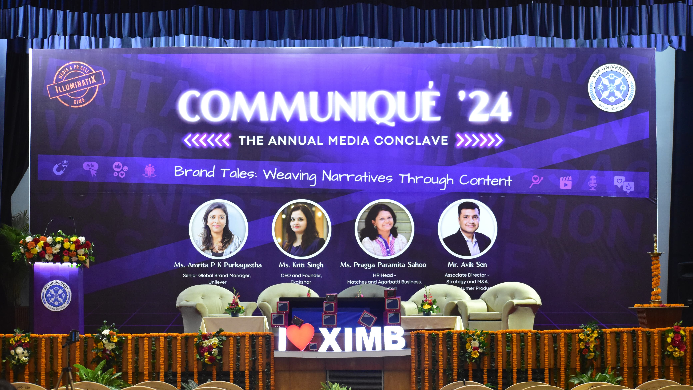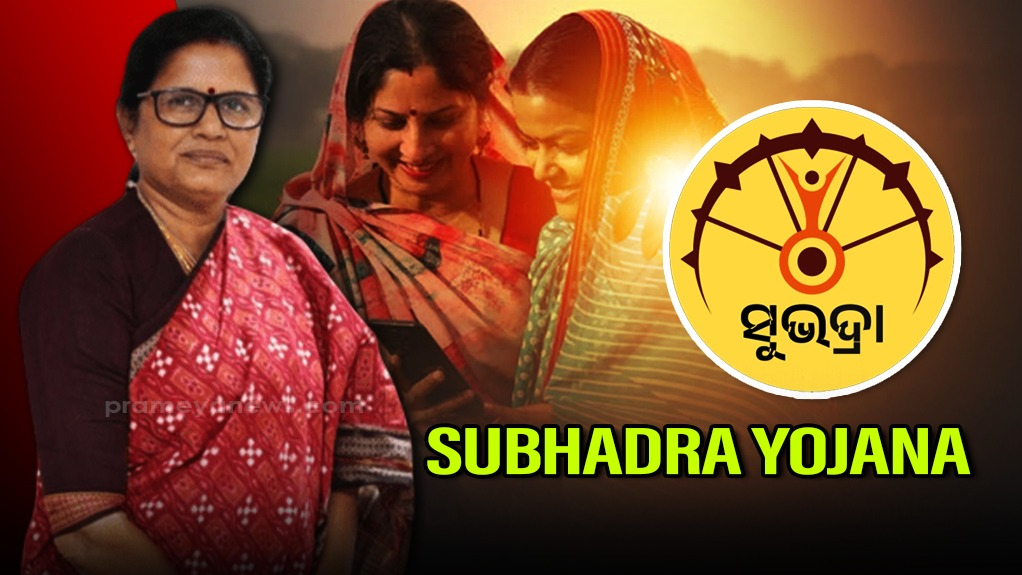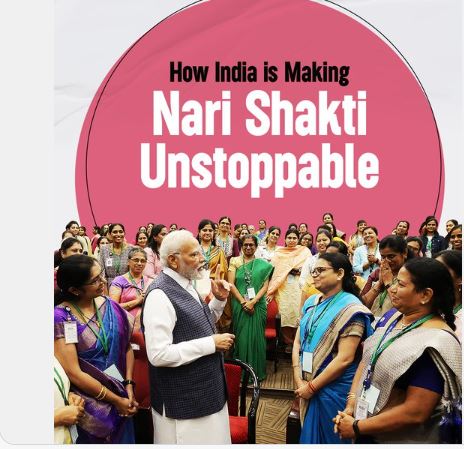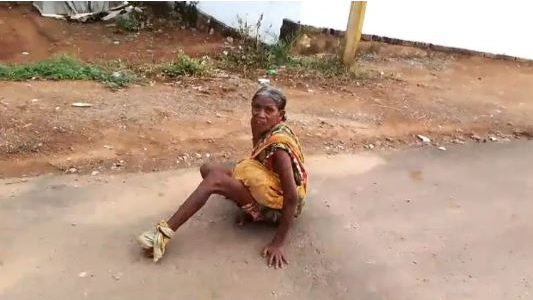Odisha: Endowed with Demographic Dividend
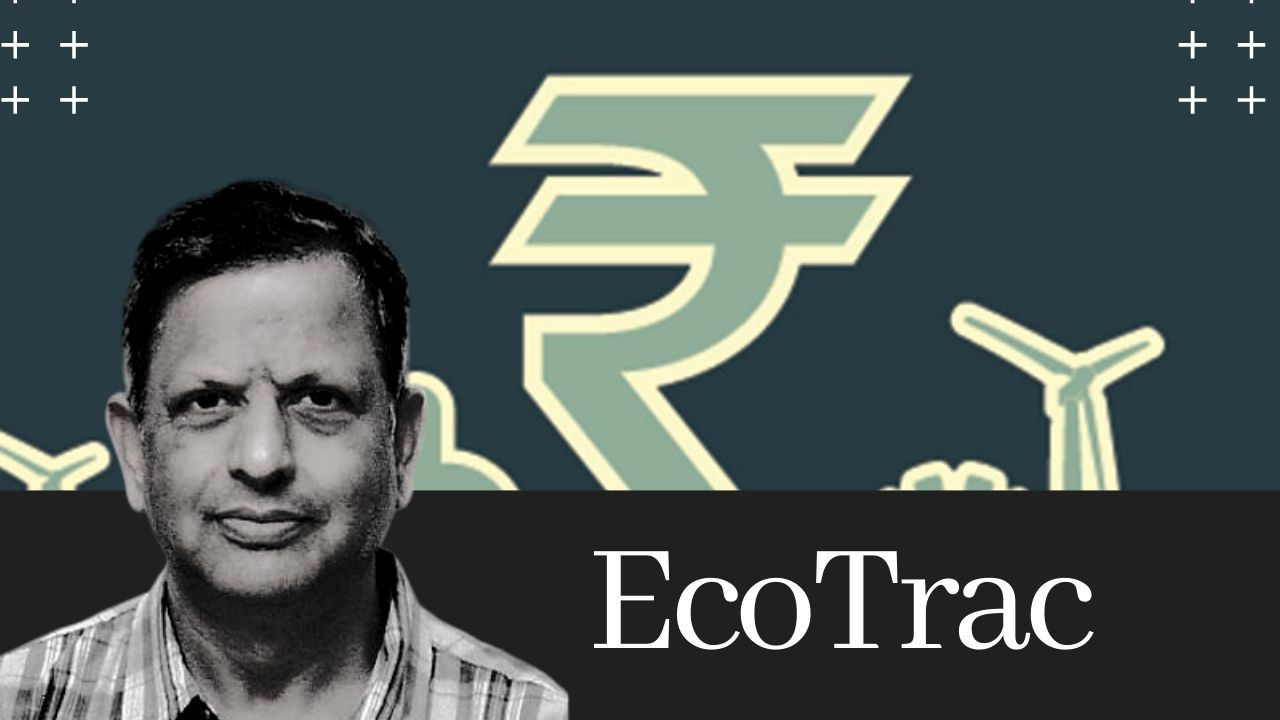
In Odisha, the sex ratio (i.e., number of females per thousand males) stood at 933 compared to 899 at the country level. Nearly nine-tenth of women in the 15-49 age-group were literates compared to 87.0% at the country level. The proportion of ‘economically active’ population (15-59 years) in Odisha stood at 66.4%, 40 bps above that for the country. But quality of population rather than quantity should be the goal. Dr Manas R Das The Sample Registration System (SRS) in India, carried out by the Office of Registrar General & Census Commissioner, aims at providing reliable annual estimates of birth rate, death rate, infant mortality rate, and several other fertility and mortality indicators. One of the biggest demographic surveys in the world, SRS serves as the principal source of information pertaining to the above-mentioned indicators, both at the national and State levels. The Sample Registration System Statistical Report 2018 - the fifth in the series - was released in July 2020. Today, we discuss its salient findings pertaining to Odisha. wp:list The proportion of ‘economically active’ population (15-59 years) in Odisha stood at 66.4%, 40 bps above that for the country. This augurs well for the State, provided employment opportunities grow simultaneously. Augmenting employment would be a challenge for the State.The proportion of elderly population (60+) in Odisha at 10.0% compared to 8.1% at the all-India level implies that the State government should have enough financial and non-financial arrangements for the senior citizens.In Odisha, the mean age at effective marriage at 21.9 years, compared to 22.3 years at the all-India level, is favourable to the State since it has salubrious impact on the Total Fertility Rate (TFR) and the Crude Birth Rate (CBR).The State’s CBR at 18.2 is below that observed in respect of the country at 20.0. Between 2006-08 and 2016-18, the average CBR in Odisha declined by 14.8% compared to 12.6% decline at the country level, which, besides being heartening, reflects success of family welfare and planning measures.The TFR in Odisha at 1.9 was lower than that for all-India at 2.2. Between 2006-08 and 2016-18, the average TFR in the State reduced by 20.8% compared to 18.5% fall at the country level.There was, in general, a gradual decline of the TFR with increase in the level of education.The sex ratio (i.e.,number of females per thousand males) stood at 933 compared to 899 at the country level. Nearly nine-tenth of women in the 15-49 age-group were literates compared to 87.0% at the country level.Odisha’s Crude Death Rate (CDR) at 7.3 exceeded that for the country at 6.2.However, between 2006-08 and 2016-18, the average CDR declined by 18.5% compared to 14.9% fall by the latter.The Infant Mortality Rate (IMR)stood at 40, higher than the all-India figure (32). Between 2006-08 and 2016-18, however, the average IMR decreased by 41.7% compared to 40.3% fall at the country level. Similarly, in respect of the under-five mortality rate (U5MR), Odisha’s performance lagged the country’s. /wp:list Charts 1 to 4 depict some of the findings over time in respect of Odisha. {"id":59157,"sizeSlug":"large"} To sum up, Odishaenjoys the advantage of demographic dividend. However, this necessitatesconstant fine tuningof the education and skill development processes, besides the employment policy. The role of labour-intensive industries and services as well as infrastructure development is important here. That the fertility indicators are proceeding in the right direction sounds encouraging, but this shouldn’t imply less emphasis on family welfare and planning. Mortality indicators, including the IMR and the U5MR, calls for continual attention. Female education must remain the top priority as it has positive influence on fertility indicators, and it helps bridge the gender gap. Similarly, rural areas need enhanced attention. Quality of population rather than quantity should be the goal. About the Author:Dr. Manas R. Das is a former senior economist of State Bank of India. He has over 30 years of experience as an economist in two large commercial banks. Academically, he is a gold medallist in Bachelor of Arts with Economics Honours from Utkal University, followed by Master’s in Economics from Delhi School of Economics and Doctorate in Economics from Gokhale Institute of Politics and Economics. He is also a Certified Associate of Indian Institute of Bankers. He has won several awards, besides being a prolific writer.
Latest News
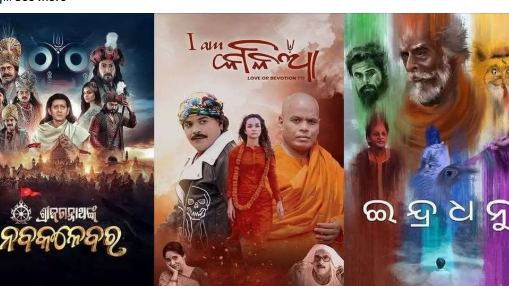
Exciting lineup of Odia films set to release t...
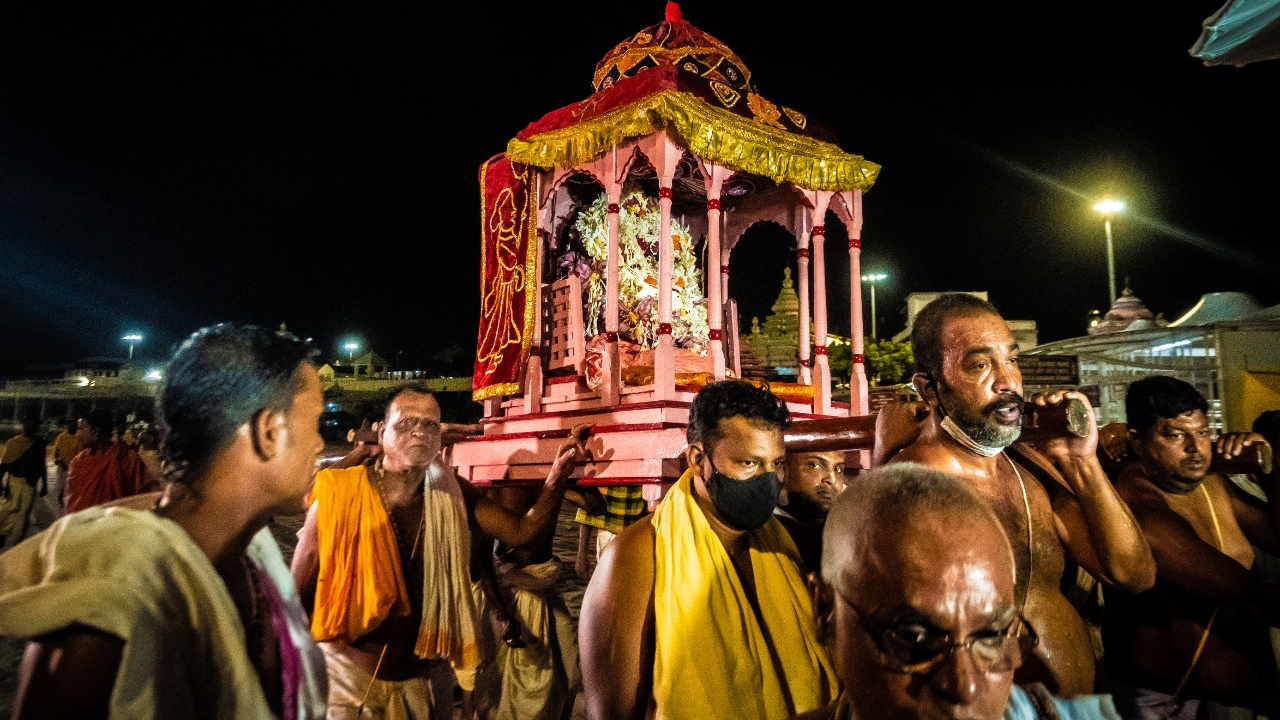
Hera Panchami 2025: Goddess Laxmi’s divine pro...
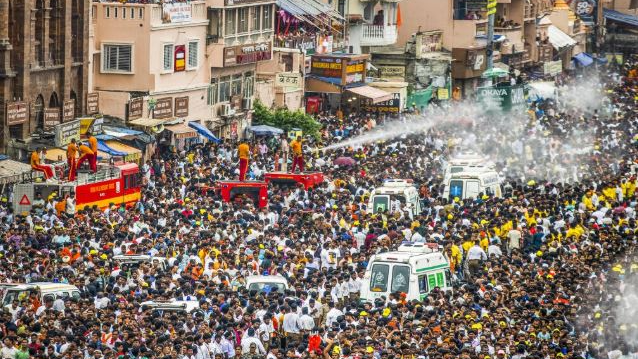
Puri Rath Yatra stampede: Administrative probe...
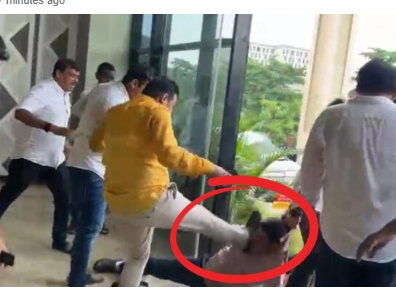
OAS officers to go on mass leave from tomorrow...
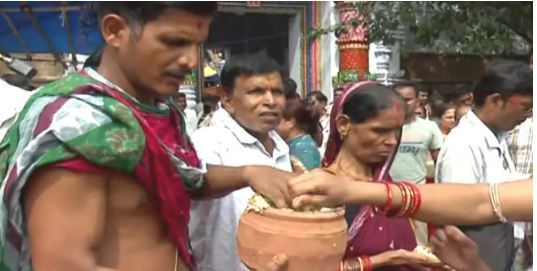
Puri Rath Yatra: 1st Adapa Mandap Mahaprasad p...
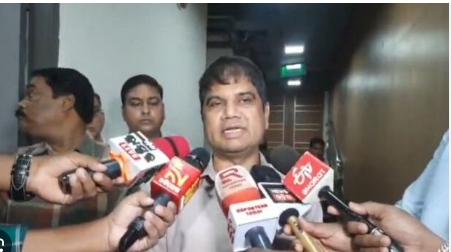
OAS Association denounces attack on BMC Additi...
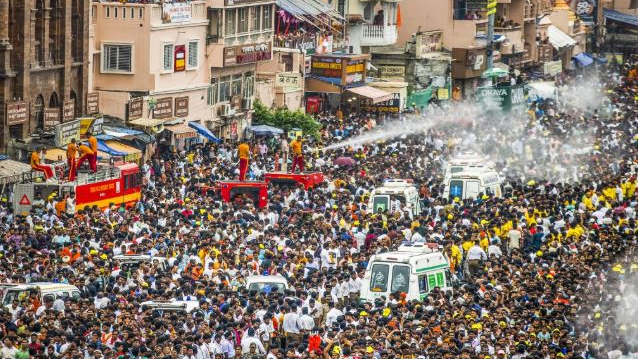
Puri Rath Yatra stampede: OSHRC issues notice...
Copyright © 2024 - Summa Real Media Private Limited. All Rights Reserved.











